I am bringing you a post about Emperor penguins. I realize these penguins do not visit the beach (they live on the ice of Antarctica). But, if you enjoy the beach, you may have watched The Blue Planet and I am sharing one of my favorite clips from the series.
It is a clip where the Emperor penguins demonstrate their defense mechanism of huddling in quite a dramatic fashion. In this clip they are vigilantly monitoring the whereabouts of their predator the Leopard seal. The main reason they tend to huddle up is to protect themselves from the wind and conserve warmth. They take turns being on the outskirts of the huddle.
(Also, note the delicious breakfast of champions the mama penguins brings make to her baby: fish from the sea, freshly regurgitated.)
Do you have another great question for the Beach Chair Scientist? E-mail info@beachchairscientist.com or just let us know at http://www.beachchairscientist.com.


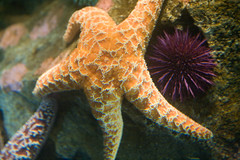


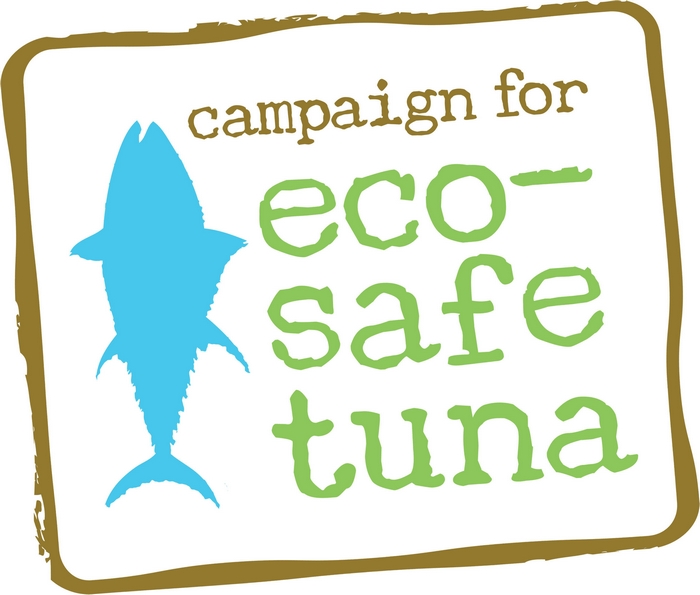


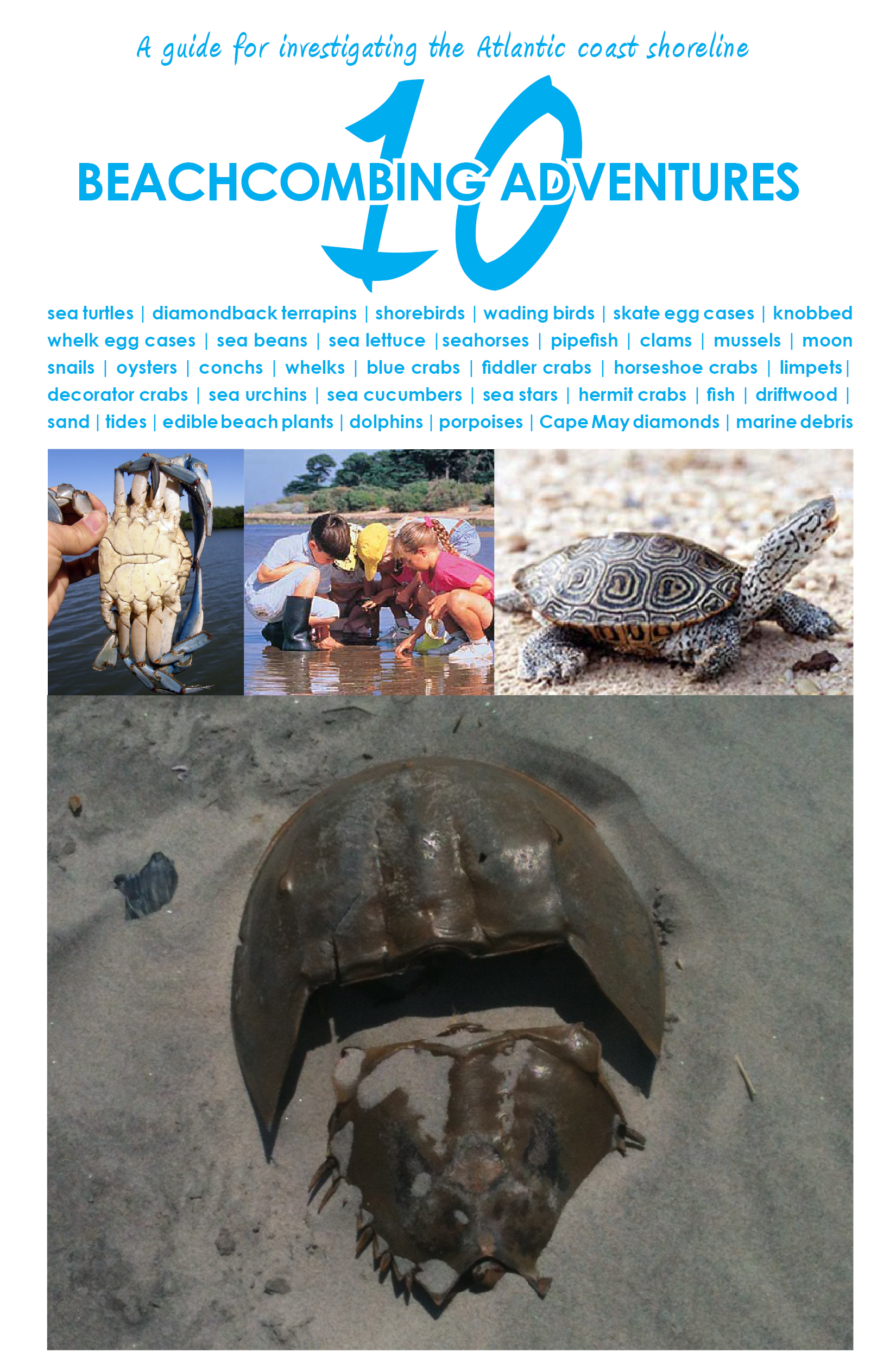
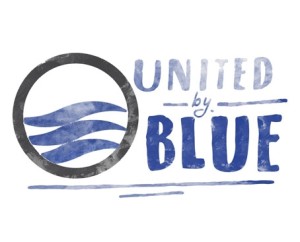
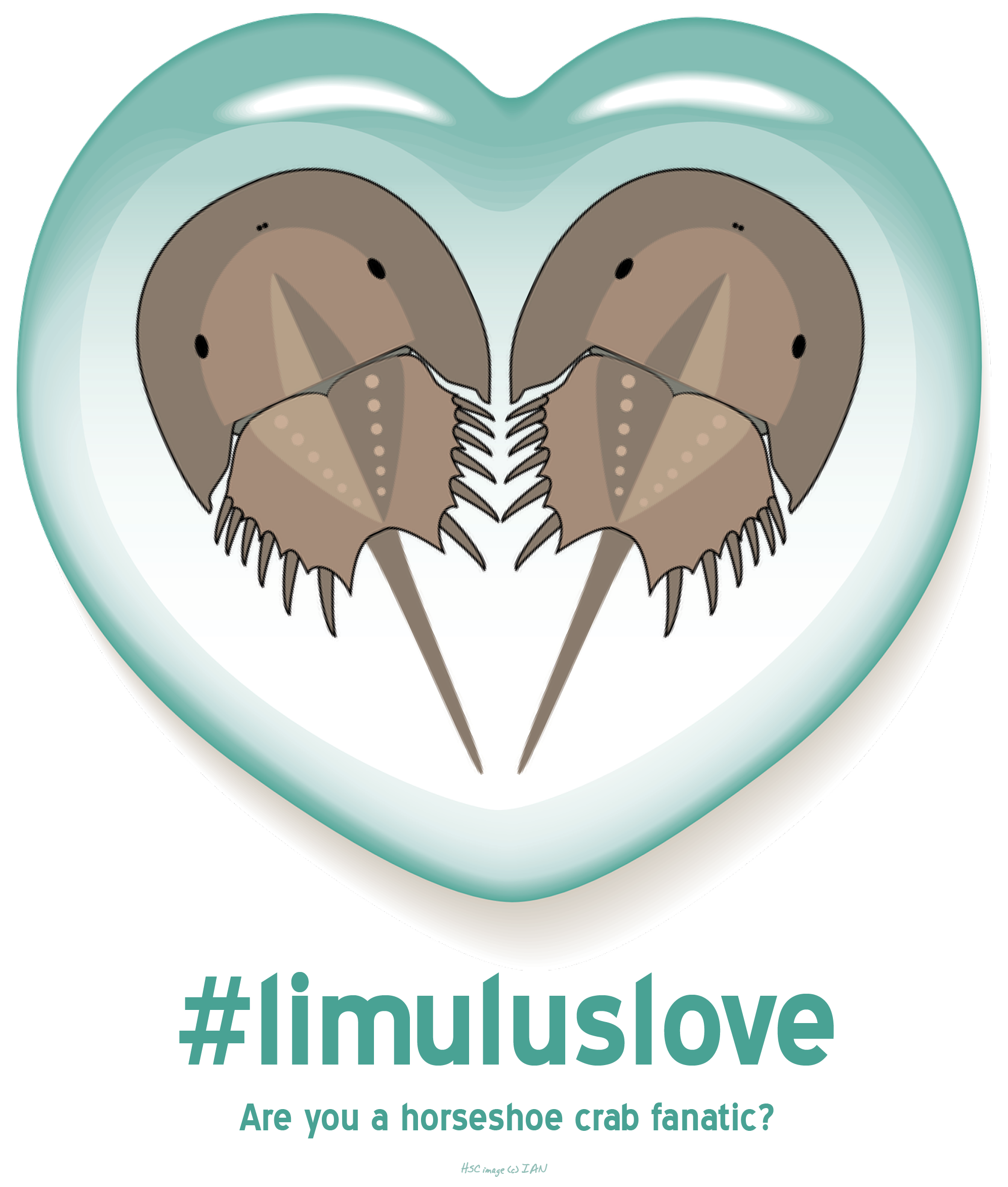
What people are saying …